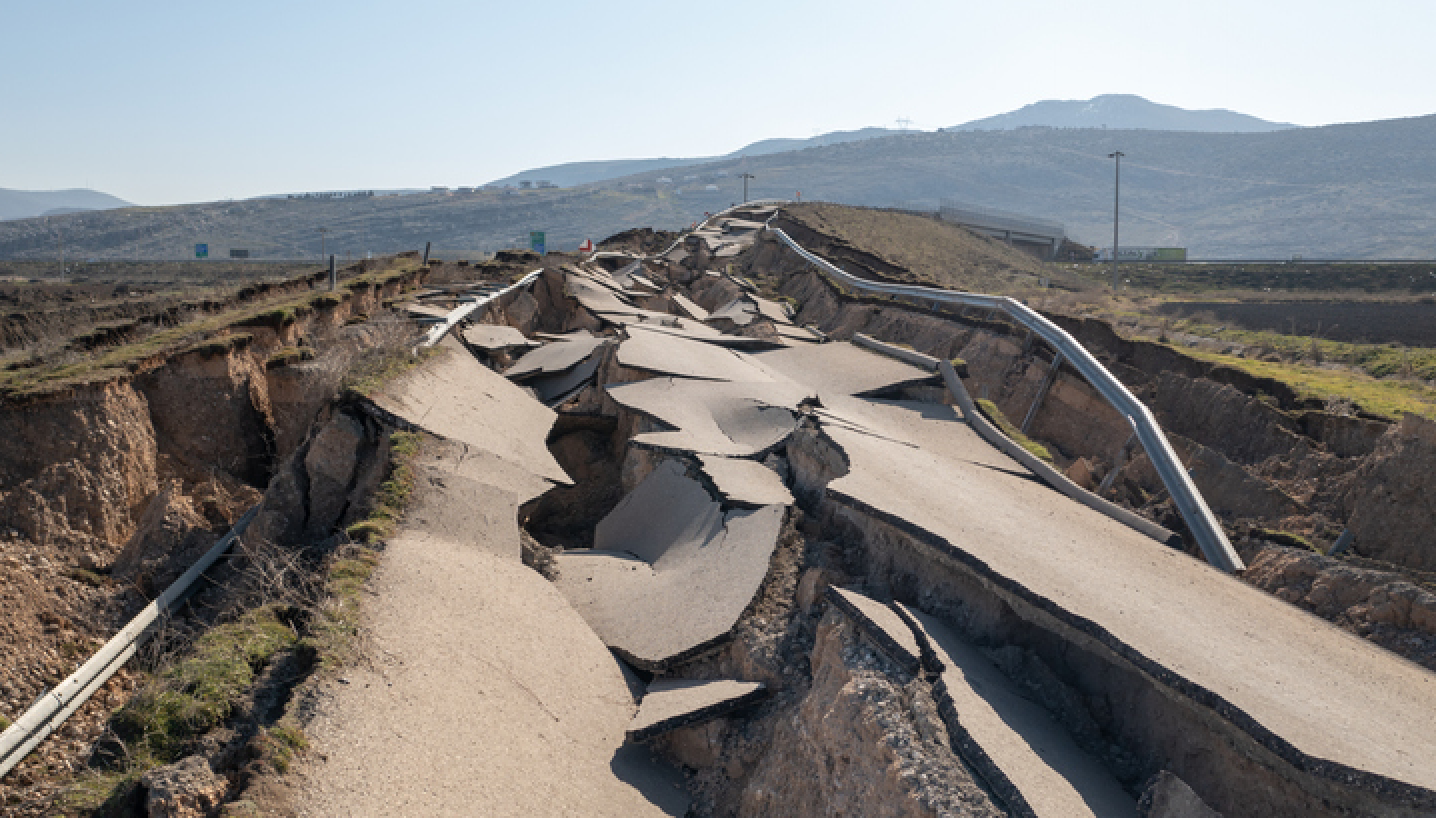

By Louise Applebome
Here’s a resolution for the New Year that I’m guessing may not have made it onto your list: Embrace instability.
If there isn’t imbalance and instability in our lives, how would we know when we’re in better balance? We need the fluctuations. And, they cannot be avoided. In fact, I’m thinking that by looking out for the dis-ease, we’re better able to return to and/or recognize the ease and sure-footedness when we achieve it.
If we think staying on one note is a good idea we’re probably missing out on possibilities for growth and clarity and joy. And, we risk settling for lives like drones. Sounds a bit boring and narrow.
Perhaps by being on the lookout for the teeter-totters we sharpen our consciousness and awareness and have an easier time coming back to midline and vertical. This concept applies to the physical body being unstable as well as the psyche.
But moving away from, and then back to, and then away from balance again and again is such a normal rhythm of life.
A thoughtful physical yoga practice (asanas) can certainly create the intimacy with ourselves that is needed to get a good reading of mind and body positioning. Hovering and lingering in a pose can be very valuable for helping us assess our mind/body atmosphere. Slowing down to sense and feel sensations during a yoga practice really pays dividends. Complementing a gentle somatic yoga practice with a more active one or another form of cardio activity is also necessary en route to stability and balance and well-being.
And then there’s that huge continuum of options depending on one’s age, fitness level, prior surgeries, illness, and disease. There is no universal formula of physical activity that will work for everyone. Again, it’s that personal reconnaissance that helps each individual identify stability and balance versus vulnerability and insecurity.
The physical practice does also contribute to the transformation of our emotions, thoughts, behavior, and openness to the love and the light there for the taking. Plus, there’s meditation and contemplation that reveals the un-namable vastness, that cosmic emptiness to which we all are connected.
I know, imagining “no-thing” and the invisible can be a bit daunting…perhaps off-putting, perhaps just a bit too new-agey. However, moving to a place where consciousness fades into the background and all the protocols and boundaries and differences and binary perceptions dissolve can be unbelievably healing and transcendent. It can help restore balance. Getting close to that transcendence requires repetition and practice…and repetition and practice…and repetition and practice. And the journey, minus any goals, judgment, and analysis, can be a very worthwhile one.
And maybe that route to transcendence and questions about a realm beyond the flesh and bones of human beings isn’t meditation for everyone. Perhaps it comes from journaling or reading a favorite poet each day. Maybe dancing takes you there or reading passages from Scripture each morning.
Everyone is part of and welcomed into that transcendent space. How your internal GPS guides you there will certainly vary. And it may take you on some wrong turns. There we are again, back on the rocky road of losing our way and then finding it once more.
Of course, full and deep breaths, nourishing the brain and body with prana (life force) throughout life’s twists and turns is essential. Allowing the breath to do its own thing and to breathe you can be very liberating and provide ease.
Let’s see if 2024 will be the year we strive for perfection less, embrace the zigs and zags, and celebrate ease, stability, and balance. In Sanskrit, the word is sthira. In addition to steadiness and ease it can also mean resolution, courage, and strength. I, for one, will take all of that I can get.
Happy New Year and namasté
Louise Applebome, 70, is a Certified Yoga Instructor in Dallas. After “retiring” from a vibrant and varied professional career, she became a yoga teacher. She teaches all her classes on Zoom right now and accepts students, young or older, from wherever they are, both geographically and in their pursuit of a yoga practice. Louise will help you stay fit and flexible, and release tension, aches & pains from the body…and the mind. Her yoga studio in Dallas is del norte yoga. You can reach out to her at [email protected].